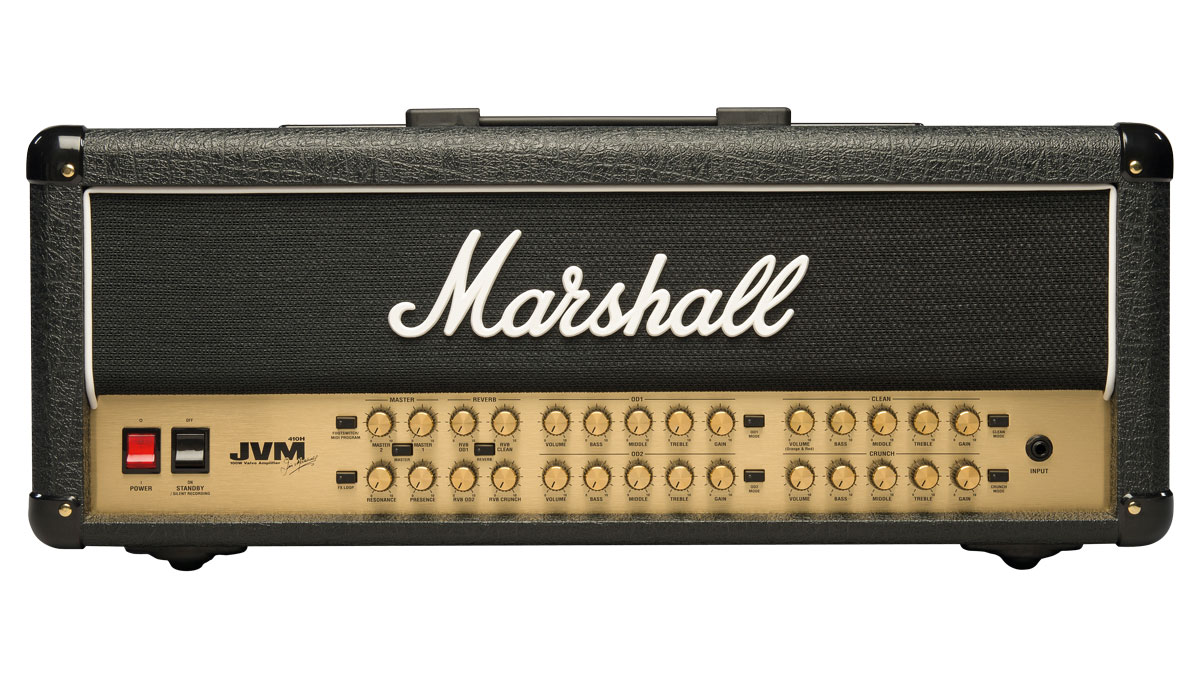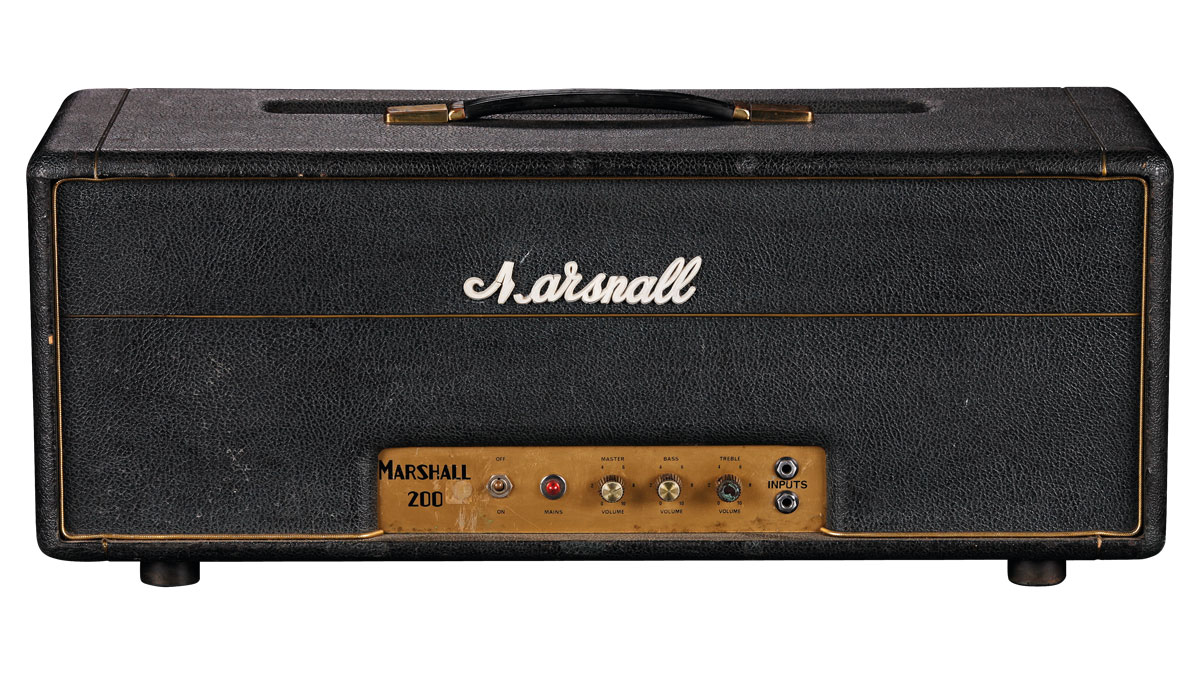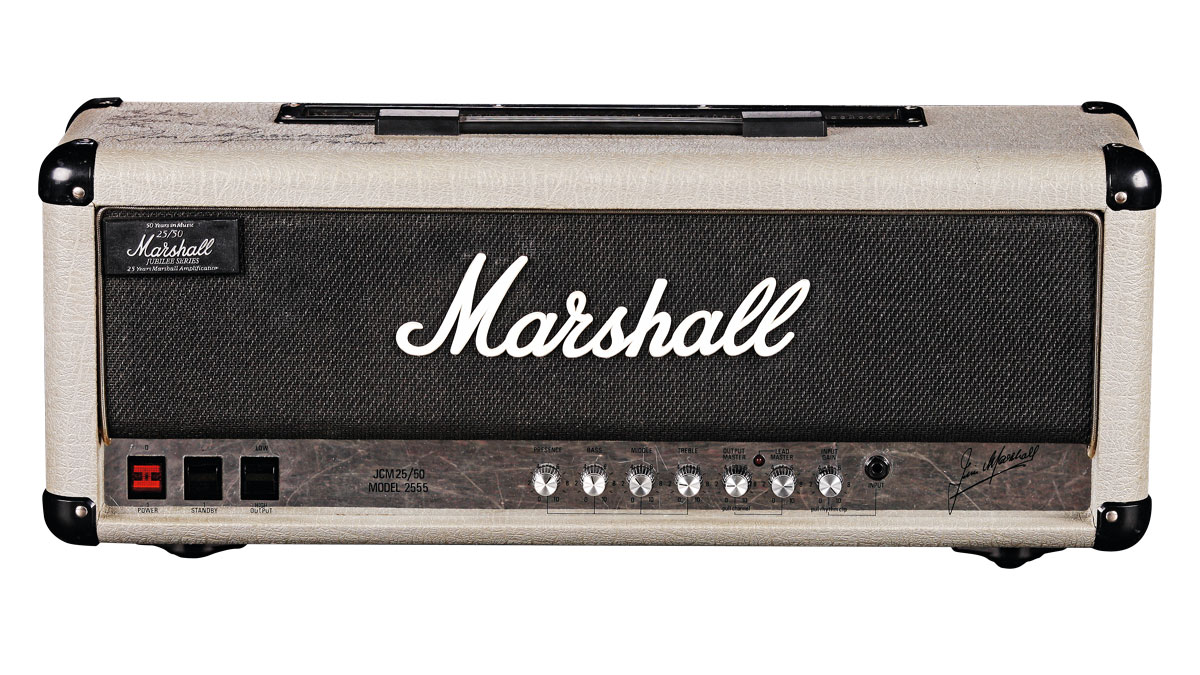8 milestone Marshall amp heads
50 years of the Marshall stack: the great amps bearing the black, white and gold

Introduction
What Jim Marshall started with the JTM45 rapidly evolved into a family of classic amps with their own, commanding voice. Here’s our pick of epochal Marshall heads...
Don't Miss
50 years of the Marshall stack: the birth of the 100-watt stack

JCM800 2205 Dual Channel
Introduced in 1982, the 2205 featured split channels and reverb.
It was also one of the first to feature the infamous diode clipping circuit that added extra overdrive grind.
This amp, along with the earlier JCM800 Lead head, typifies the brutal 80s rock sound that kick-started the NWOBHM.

JVM410H
Introduced in 2007, the current Marshall flagship has no less than four channels, each with three modes, MIDI control, silent recording and much more.
In some ways it harks back to earlier models: despite the addition of a digital reverb, the main signal path is all-valve, with no LED clipping.
Don't Miss
50 years of the Marshall stack: the birth of the 100-watt stack







